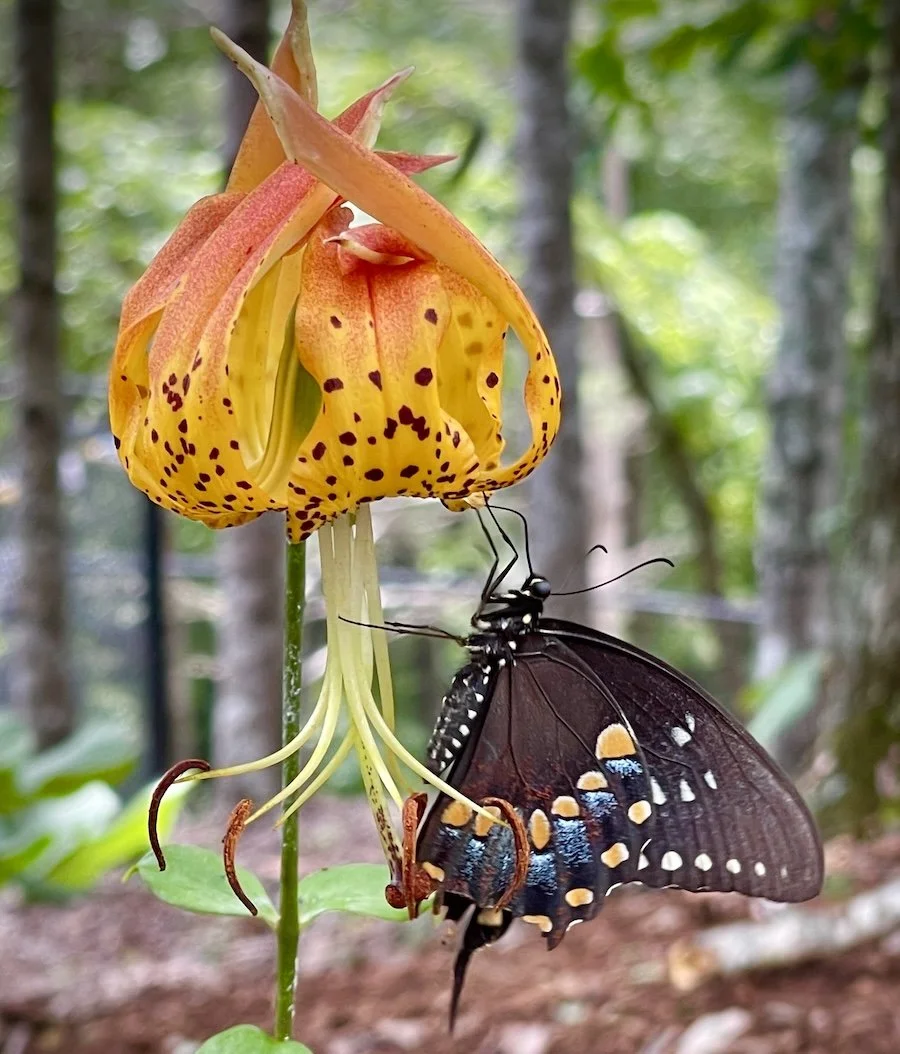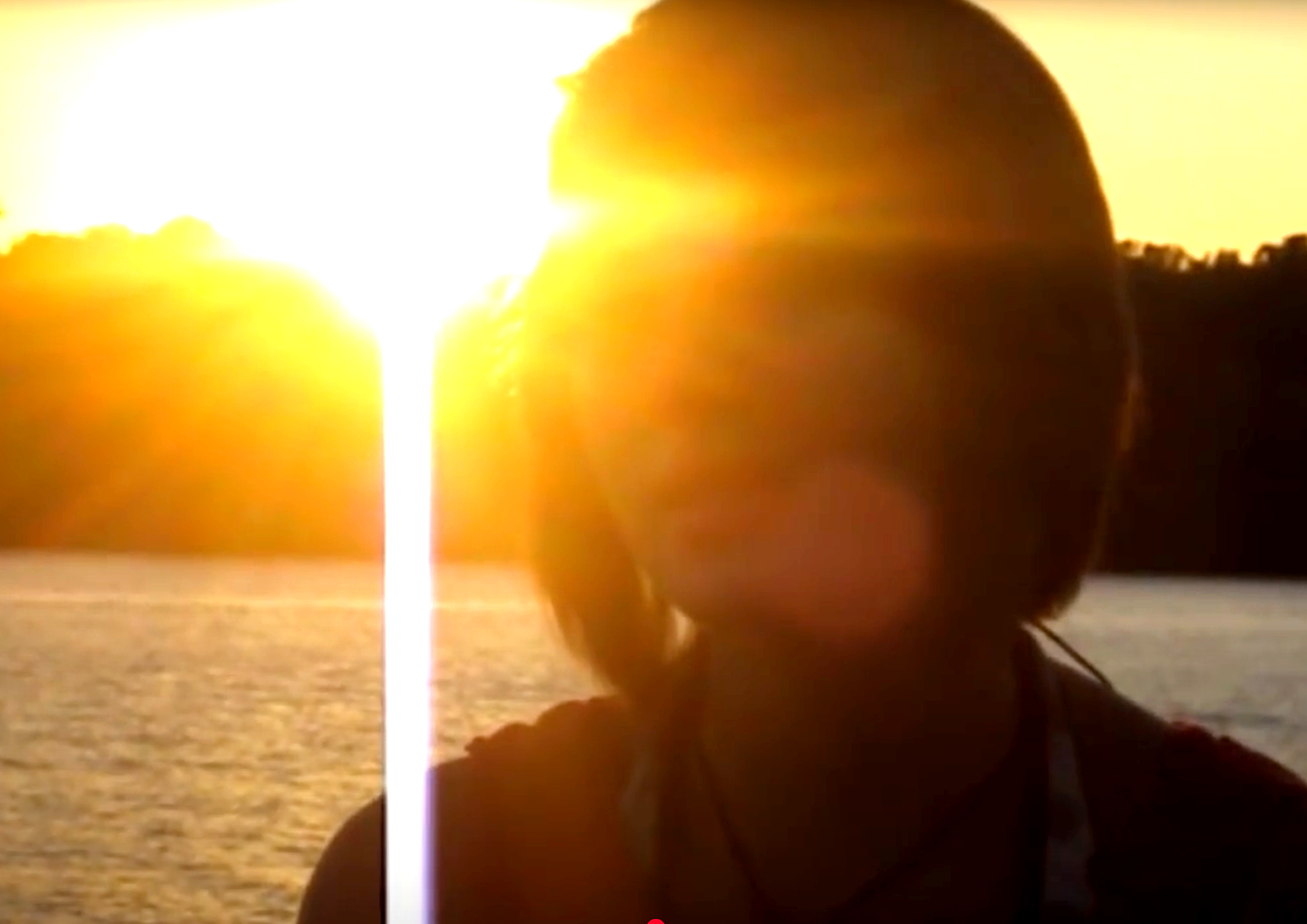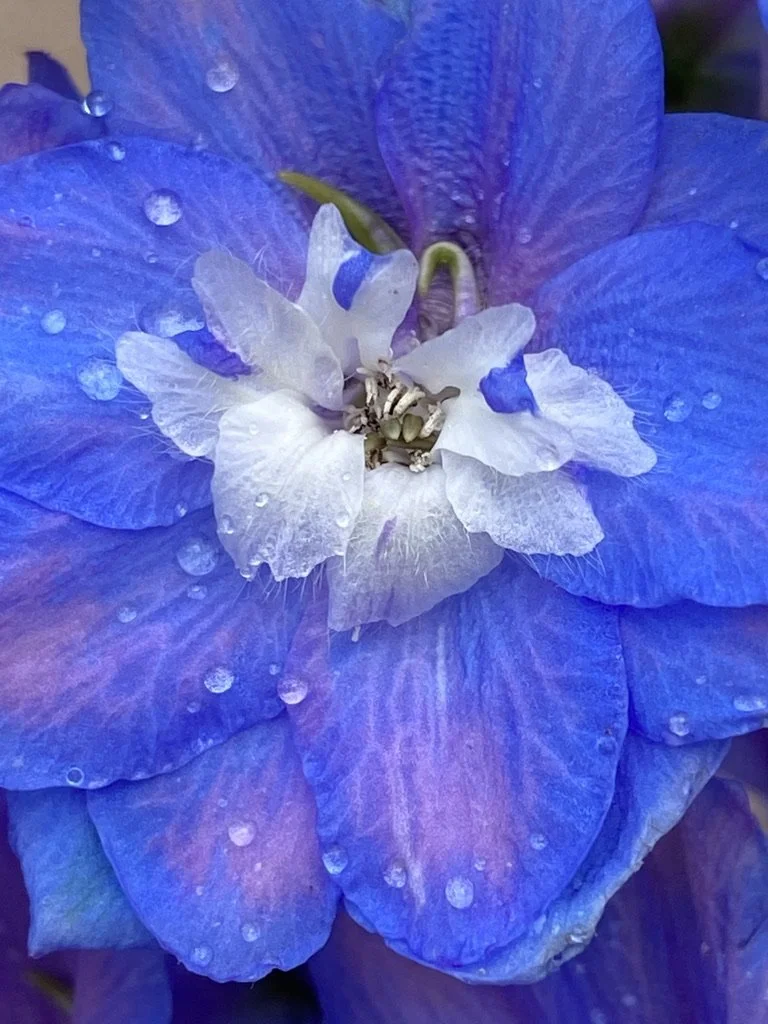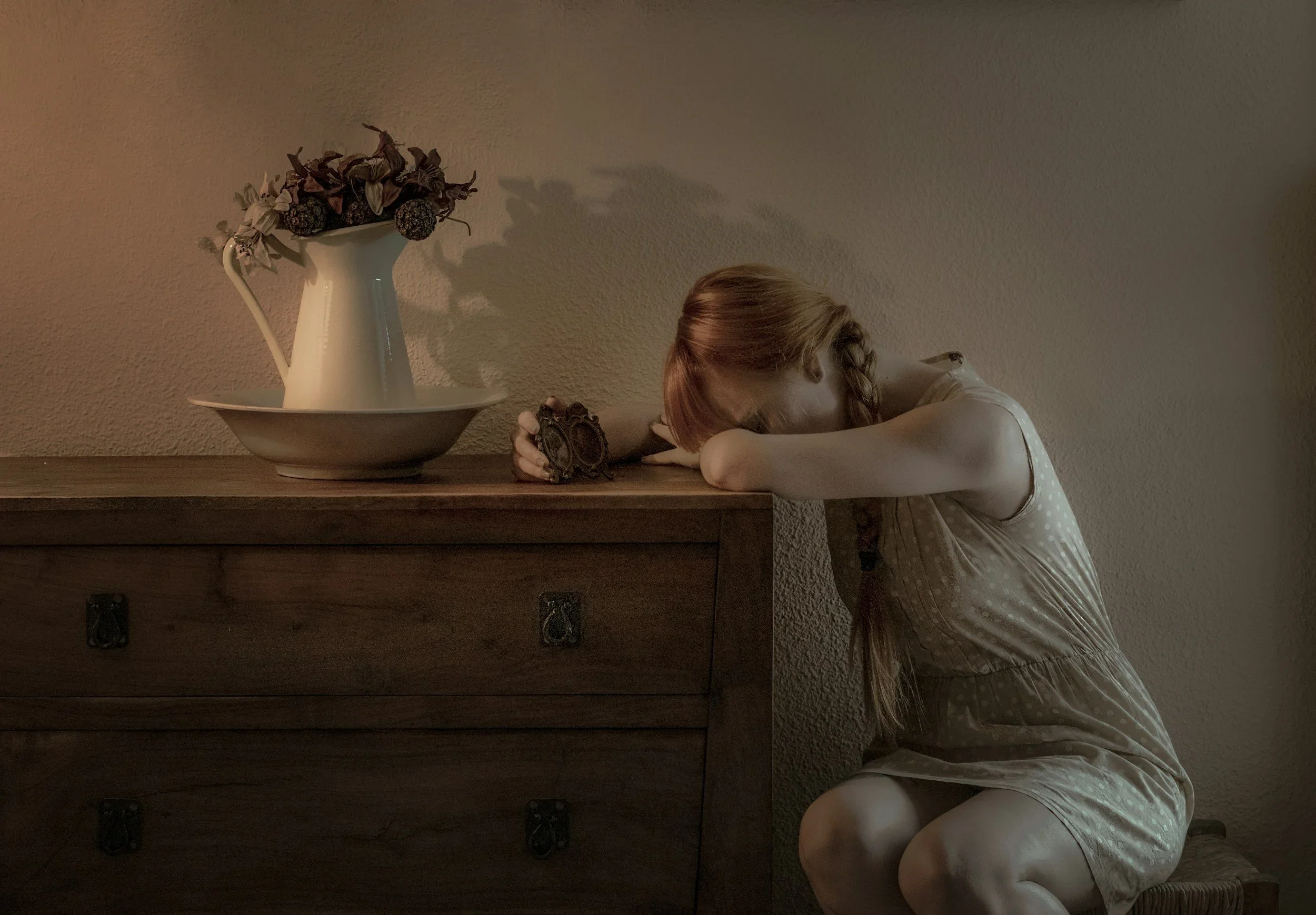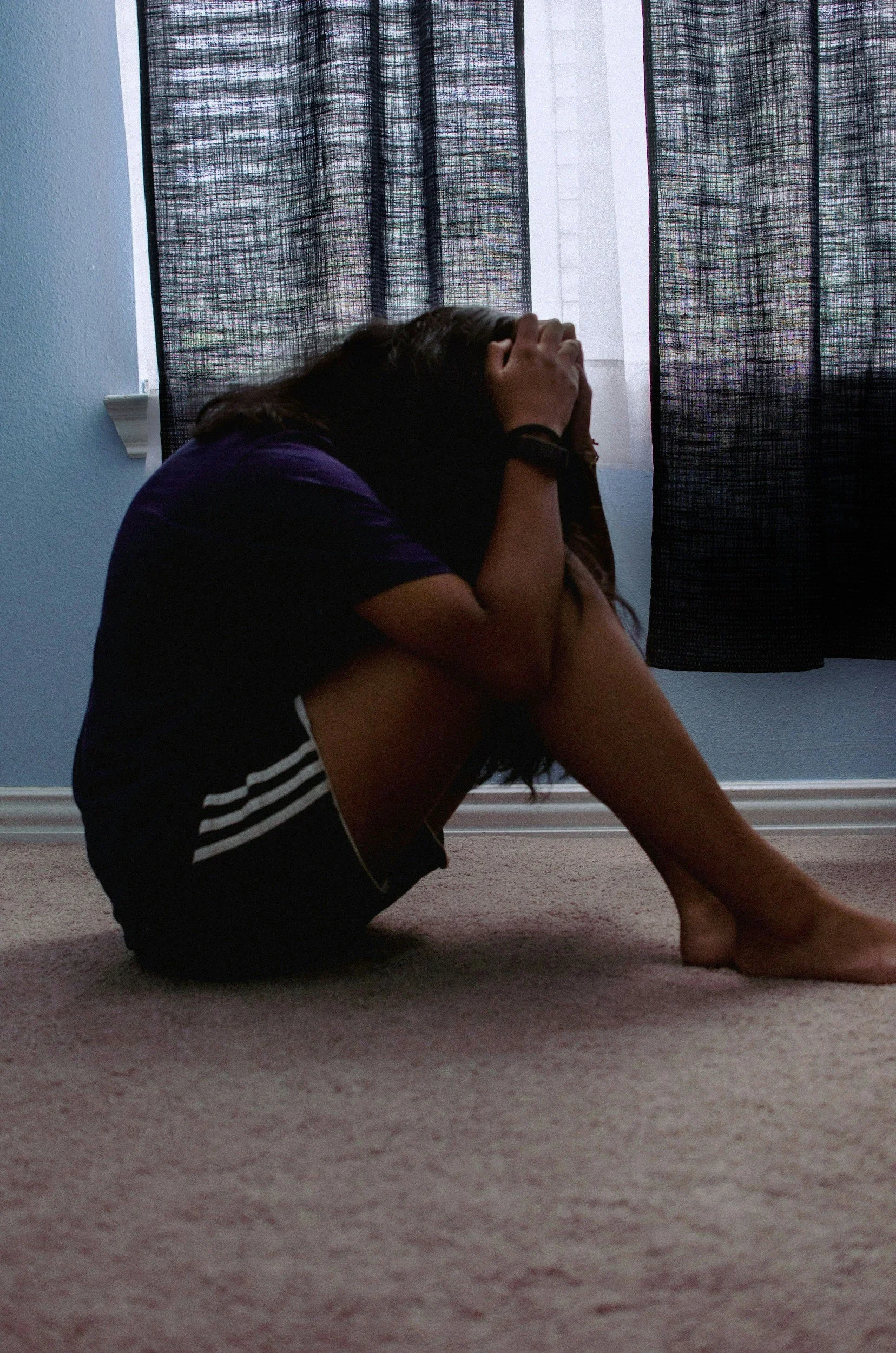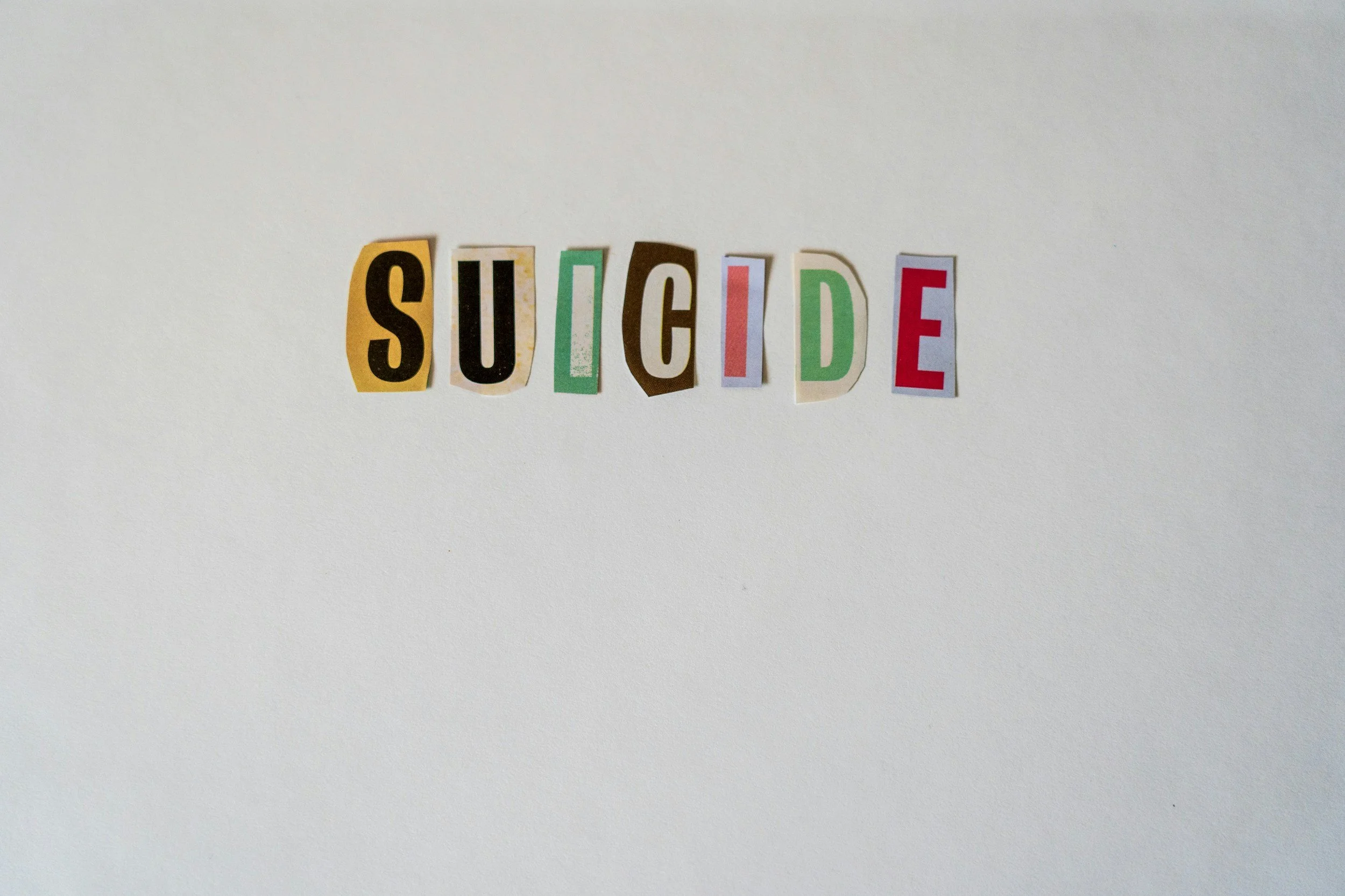Anchors of Hope – Protective Factors
Suicide prevention is not only about reducing risk but about building protective factors. Creating environments where people feel loved, supported, and purposeful makes a real difference.
Because when storms rage, it’s the anchors — the connections, the meaning, the hope — that keep people from being swept away.
Psychache – When Pain Becomes Unbearable
Unlike physical wounds, psychache doesn’t leave visible scars. But it’s just as real — and just as life-threatening. People may mask their pain with smiles, humor, or busyness. On the inside, though, they are unraveling.
The Lonely Truth About Connection
True belonging is built in kitchens, coffee shops, long walks, and late-night conversations. It’s messy, imperfect, and human. And it’s one of the strongest protective factors against suicide.
Trauma and the Hidden Wounds
Trauma changes you — but it doesn’t have to define you. With truth, support, and time, the same story that once threatened to break you can become the story that builds resilience and compassion for others.
Hopelessness – The Silent Killer
f there is one thread that runs through nearly every story of suicide, it is hopelessness. Not just sadness. Not just stress. Hopelessness is the bleak conviction that nothing will ever change, nothing will ever get better, and the pain will never end.
It’s one of the strongest predictors of suicidal thoughts and attempts. When someone feels trapped with no way out, hopelessness convinces them that death is the only escape.
The Role of Depression
At its core, depression is a mental health disorder that impacts how a person feels, thinks, and functions day-to-day. Common symptoms include:
Persistent sadness or emptiness
Loss of interest in activities once enjoyed
Fatigue and lack of motivation
Trouble sleeping or oversleeping
Changes in appetite or weight
Difficulty concentrating or making decisions
Feelings of worthlessness, guilt, or hopelessness
This isn’t just moodiness. Depression alters brain chemistry and disrupts the way we process reality.
Suicide Is Not Simple
Suicide is not a single bad day or a single diagnosis. It is the breaking point of converging pressures on a soul who, in that moment, cannot see a way out of their suffering. Globally, more than 700,000 people die by suicide each year — and behind each number is a name, a face, and a story.
Suicide Awareness- Overview
This page summarizes 7 series of blog posts on Suicide Awareness. To some, this message is personal; to some, they need to be informed, but for all - we need encouragement.
September Is Suicide Awareness Month 💛
Suicide is never simple. It is not one cause, one failure, or one bad day — it’s the breaking point of many pressures converging on a person who, in that moment, cannot see another way out.
This series is about awareness, compassion, and hope. My prayer is that it opens eyes, softens hearts, and reminds those who are struggling — your story is not over. You matter.

